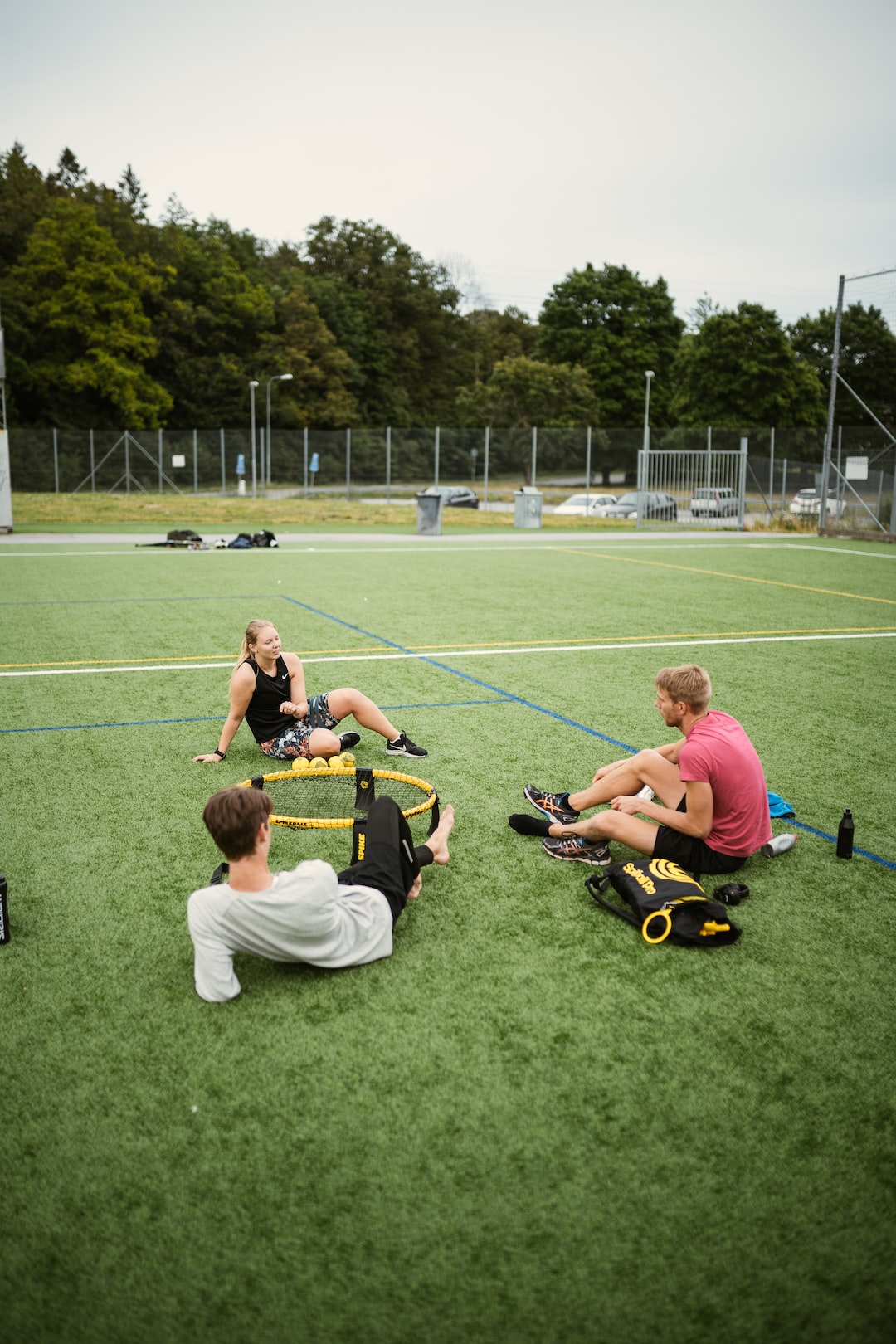Tips for Choosing the Right Pair of Running Shoes
Whether you’re a seasoned runner or just starting out on your fitness journey, one thing that is crucial for your running performance and overall comfort is choosing the right pair of running shoes. With so many options available in the market, it can be overwhelming to make the right choice. Here are some handy tips to help you choose the perfect pair of running shoes that will support you in achieving your fitness goals.
1. Determine Your Foot Type: The first step in choosing the right running shoes is to identify your foot type. There are three main types – neutral, overpronation, and supination. You can do a simple wet test to determine your foot type. Wet your feet, step on a piece of paper, and observe the footprint. If you have a neutral foot type, your arch will be moderately filled. If your arch is almost completely filled, you have overpronation, and if there is a significant gap, you have supination. Knowing your foot type will help you select shoes that provide the necessary support and cushioning.
2. Consider Your Running Style: Each runner has a unique running style, and considering this while buying running shoes is vital. Are you a heel striker or a forefoot striker? Heel strikers tend to put more pressure on their heels, while forefoot strikers put more pressure on the balls of their feet. Choose shoes that offer the appropriate cushioning and support based on your running style. Consulting with a running specialist or getting a gait analysis done can be helpful in determining your running style and finding the right shoe.
3. Shop at the Right Time: Believe it or not, the time of day when you go shoe shopping can impact your decision. Your feet tend to swell throughout the day, particularly when you’re active. So, it’s best to shop for running shoes in the late afternoon or evening when your feet are at their largest. This ensures that you get the most accurate fit and avoid experiencing discomfort while running.
4. Get Proper Measurement: Many people make the mistake of assuming their shoe size without getting their feet measured. Our feet can change over time, and it’s essential to get the correct measurements before buying shoes. Visit a specialized running store where trained experts can measure the length, width, and arch length of your feet. This will allow you to choose running shoes that fit snugly and help prevent injuries like blisters and toe pain.
5. Try Before Buying: Don’t be afraid to try various brands and shoe models to find the one that suits you the best. Walk around the store, jog a bit, and assess the fit, comfort, and stability of the shoes. Pay attention to any pressure points, tightness, or slippage. Remember, the right shoes should feel supportive and comfortable from the moment you try them on. Take your time, and don’t rush this process as it directly impacts your running experience.
6. Consider the Terrain: Think about the type of surface you will be running on and choose your shoes accordingly. If you predominantly run on pavement, opt for shoes with ample cushioning and shock absorption. On the other hand, if you’re a trail runner, choose shoes that provide good traction, stability, and protection from rocks or uneven terrain.
7. Invest in Quality: Your running shoes are not just an accessory; they play a significant role in your overall running performance. Don’t hesitate to invest in a quality pair of running shoes from a reputable brand. Good running shoes often come with enhanced features like breathable uppers, durable soles, and supportive insoles. They may be pricier than generic footwear, but they will provide the necessary support, comfort, and durability that your feet deserve.
8. Replace Your Shoes Regularly: Running shoes, like any other sports equipment, have a shelf life. The cushioning and support start to deteriorate over time and usage. As a general rule, it is recommended to replace your running shoes every 300-500 miles, depending on factors like body weight, running surface, and running style. Continuing to run in worn-out shoes can lead to discomfort, injuries, and performance decline.
Choosing the right pair of running shoes is an investment in your health and fitness journey. By considering your foot type, running style, and terrain, and ensuring proper measurement and fit, you can find the perfect pair that will take your running experience to new heights. Remember, the right shoes will not only support your running goals but also prevent injuries, enhance comfort, and improve overall performance. So lace-up, hit the road, and conquer your running goals with confidence!

